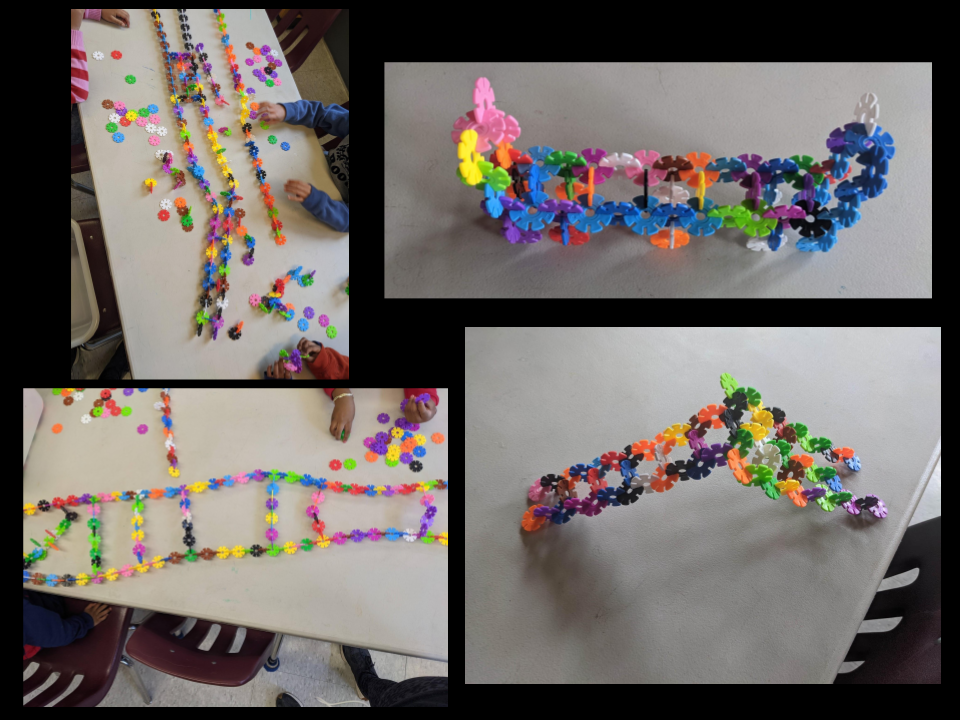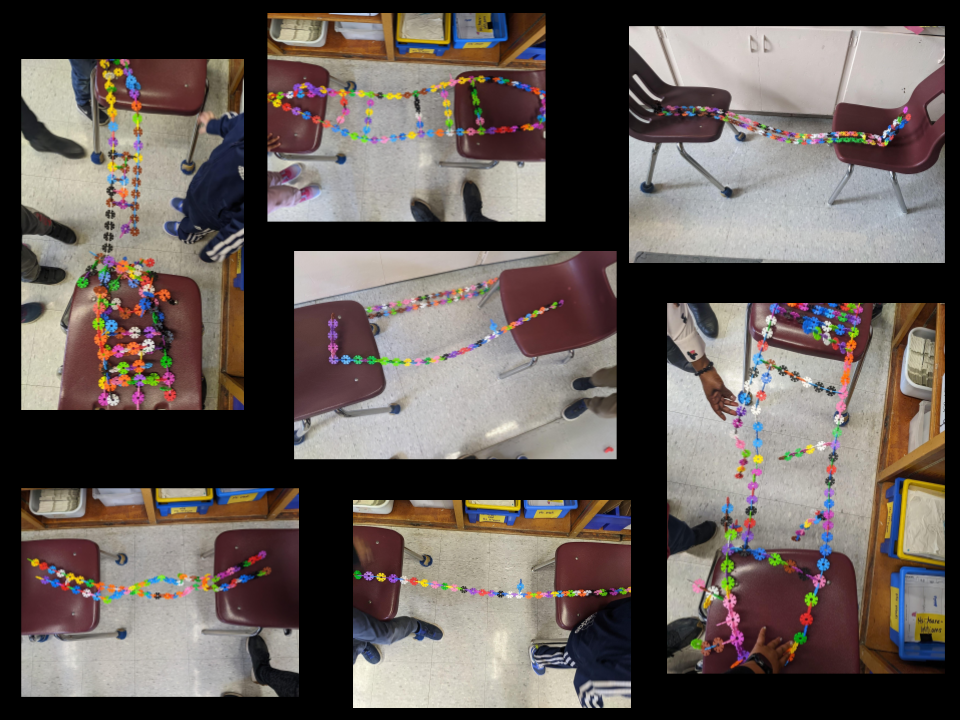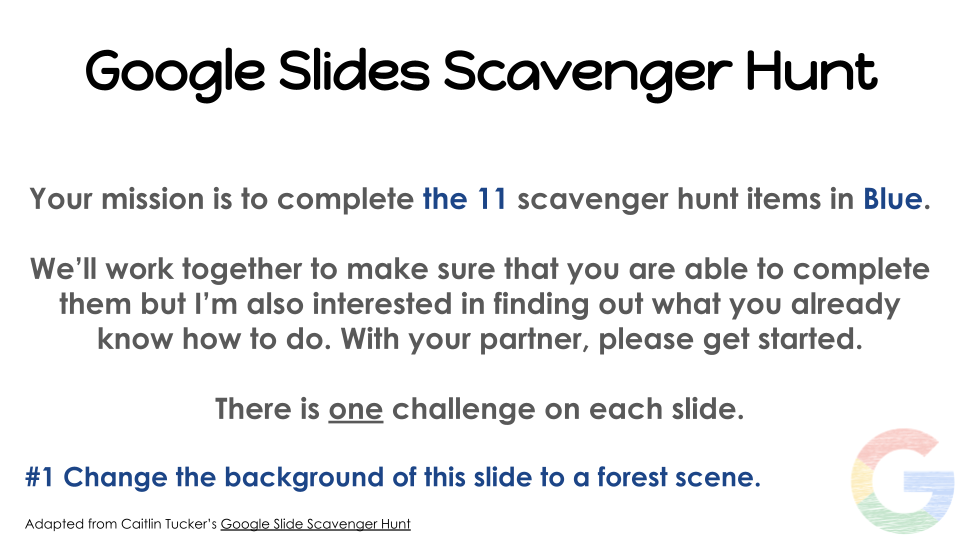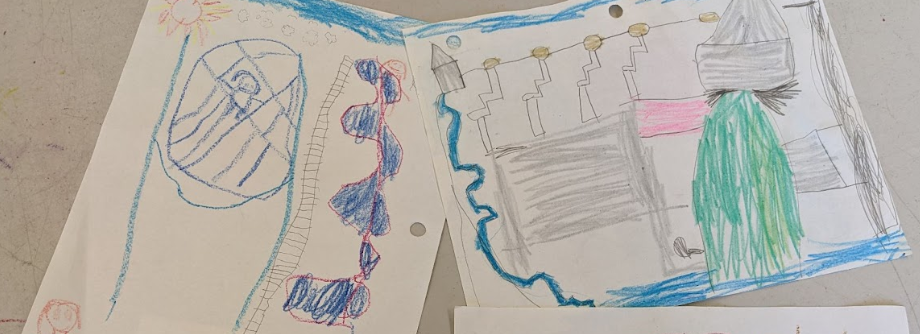2022 has come to a close. As I reflect on the year, there are 3 things that I will be taking with me into the next: finding moments to create; doing what I can; and resting. They’re simple and yet, if followed, I think they might help to make 2023 a little better for me.
Finding Moments to Create
When anyone asks me what I enjoy most about teaching, I say that it’s working with children. Sitting down and having the chance to interact and watching as students learn is very rewarding. In my role this year as a STEM teacher, I’ve had several opportunities to do just that. This month, students used cardboard and Makedo to create strong and stable homes that could withstand the huffing and puffing of the “Big Bad Wolf”. As group members worked together on their plans and designs, I had a lot of fun sitting with them to see how we could bring their ideas to life. It wasn’t easy at first but it was really neat to see how even our youngest students – the kindergartens – got the hang of it and created incredible homes that were so unique. Overhearing some tell the stories of their homes and what happens in their homes at the end was a great bonus.
Reflecting on the year, the times that I enjoyed myself most in the classroom have been when I’ve had the chance to either watch students build or have built with them. Seeing the excitement that students have as they create something is truly a joyous experience. Whether or not it’s perfect, many love to describe the elements of their creations and often ask to save them so that others can see their work. Knowing the joy that creating brings, I’ve tried to incorporate more time for myself to be creative outside of the classroom. Whether it’s through making jewelry, painting or building with Lego, I’ve enjoyed creating and as I walk into 2023, I’m choosing to make more time to do so, whether or not I’m “good at it”.
Doing What I Can
At the beginning of my career, I think I was very hard on myself when I had a lesson that didn’t go as planned or didn’t get as far as I hoped in a unit, usually due to time. At that point, I didn’t quite grasp that we teach the students in front of us and not who we expect them to be. Once I did, I found that teaching became easier. Don’t get me wrong, my expectations remain high for my students, it’s just that if more scaffolding is required, there’s learning needed and we take our time as we learn before moving on.
This year I had a few different design projects that I had imagined and yet we’re still on our first one. We’ve paused and regrouped while learning new skills and I’m proud of what we have been able to learn and accomplish so far. In 2023, we will continue to do what we can without judgment, knowing that learning is happening.
Resting
This year it didn’t take long for me to fully embrace the fact that I was off for 2 weeks. In years past, I would do a little work towards planning for January or start thinking about Term 1 reports but not this year. I need rest and I’m choosing to not feel guilty about having 2 weeks off to rest and get myself ready for school to start again. There will be no work beyond some writing for this blog and I’ve learned to embrace that. As I walk into 2023 I will continue to be intentional when I am at work and when it’s time to recharge, I’ll take the time to do just that. I do hope that you’re taking some time to rest and relax during this break. Teaching can be quite demanding. Remember that we need to take care of ourselves in order to make the most of the learning experiences within our classroom spaces. Refill your cup. You can only give what you have.
As you wind down from the events of 2022, what might you take into 2023 that will help make it better for you? Wishing you all the very best for this coming year.





